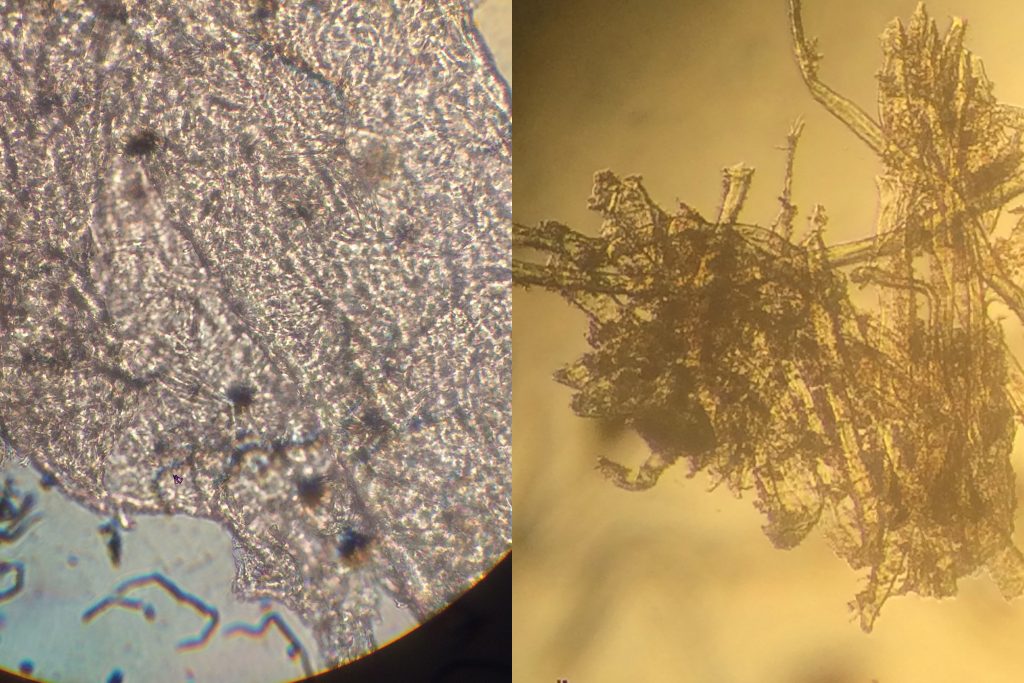By Rachel Penniman, Conservation Specialist
In conservation there are so many different materials to learn about and each one has specific and unique properties that can impact how we approach a treatment. It’s impossible to know everything about every material. So any opportunity to cross-train or broaden a skillset can allow a conservator to better manage a wider range of objects.
About a year ago I had the opportunity to attend Sheila Siegler’s Parchment Conservation workshop offered by the International Preservation Studies Center. It was a weeklong intensive on the history and preparation of parchment, parchment identification, and various treatment techniques.

We often get items made from parchment in our lab and I was especially interested in learning more about treatment methods for this finicky material. In the workshop I learned new methods for flattening and drying and came back to the lab eager to put those new skills to use.

Last week I had the opportunity to pass on some of those skills to North Carolina Museum of History Object Conservator Jennifer French. She had a parchment document in her collection in need of flattening and was looking for advice on how best to manage it. Our lab has previously collaborated with NC Museum of History when Textile Conservator Paige Myers visited our library to provide advice about a silk banner in our collection and we were happy to return the favor. I took a field trip over to Jenifer’s lab and we got to work.

The document was very cockled and uneven making it difficult to handle and house. Using a vapor chamber we created a high humidity environment to soften the parchment and ease out some of those wrinkles. While the parchment humidified we prepared our materials for drying. The humidification was a slow process so we had plenty of time to talk shop, sharing tips and tricks for an assortment of other treatments.

Once the parchment had been humidified for many hours the larger wrinkles were relaxed and it was much flatter already. We transferred the document to dry between felts and blotters under plenty of weight (those heavy conservation books come in handy).
A little over a week later Jennifer checked on the document and found it had flattened considerably. It still has some areas of minor undulation but it’s so much better, and more than good enough to be handled and rehoused.

For now the parchment will stay under weights until Jennifer and I meet up again to create an enclosure that will ensure the parchment stays safe and flat in the museum’s storage.
This kind of cross-institutional collaboration on projects was not only great fun but a rare opportunity for hands on information sharing and skill building. As conservators we get by with a little help from our friends.




